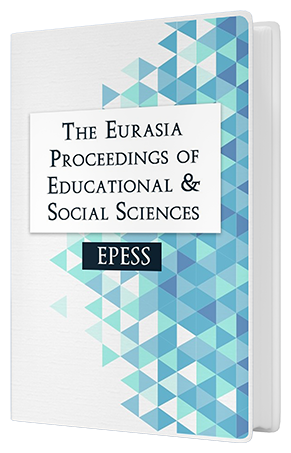TEACHING THROUGH THE BLENDED MODE OF LEARNING: BENEFITS, ISSUES AND CHALLENGES
Keywords:
blended learning, English language teaching, online mode, higher educationAbstract
The concepts of online and blended learning have gained considerable importance in academia and programmes are developed where educational concepts are presented by utilizing the said modes. The idea of blended learning revolves around an education programme in which information is shared through an intermix of online media and face-to-face interaction with the instructor. The blended mode of teaching and learning makes students autonomous learners as they face the challenges to adjust between online and face to face interaction. The interaction also engages them in critical inquiry as they investigate learning materials presented through an unconventional mode. Blended mode of learning is well suited for university students where the possibility of experiencing self-directed learning runs supreme. The paper, therefore, discusses the results of the efficacy of the blended mode of learning as experienced by undergraduate students at a private university. In addition, the paper also highlights the issues and challenges that impede the successful implementation of blended learning programmes in higher education. Moreover, the paper also gives recommendations for the smooth integration of the blended mode of learning for various education programmes at the university level.Downloads
Published
Issue
Section
License
Copyright (c) 2016 The Eurasia Proceedings of Educational and Social Sciences

This work is licensed under a Creative Commons Attribution-NonCommercial-ShareAlike 4.0 International License.
The articles may be used for research, teaching, and private study purposes. Any substantial or systematic reproduction, redistribution, reselling, loan, sub-licensing, systematic supply, or distribution in any form to anyone is expressly forbidden. Authors alone are responsible for the contents of their articles. The journal owns the copyright of the articles. The publisher shall not be liable for any loss, actions, claims, proceedings, demand, or costs or damages whatsoever or howsoever caused arising directly or indirectly in connection with or arising out of the use of the research material. All authors are requested to disclose any actual or potential conflict of interest including any financial, personal or other relationships with other people or organizations regarding the submitted work.




